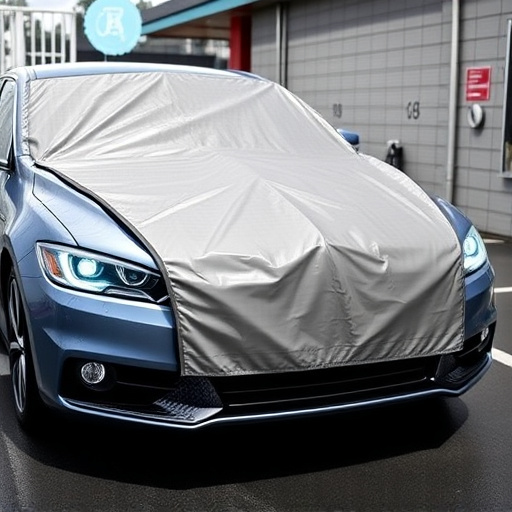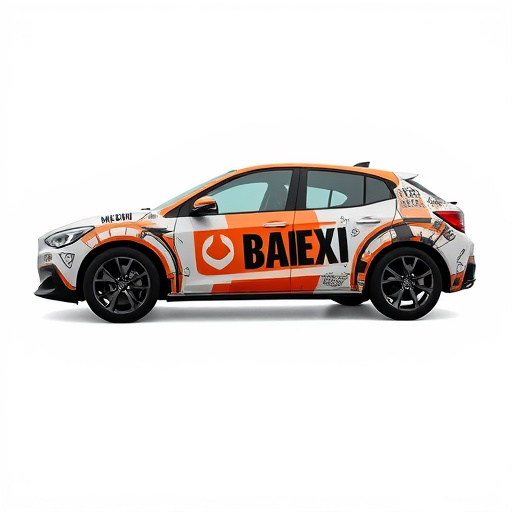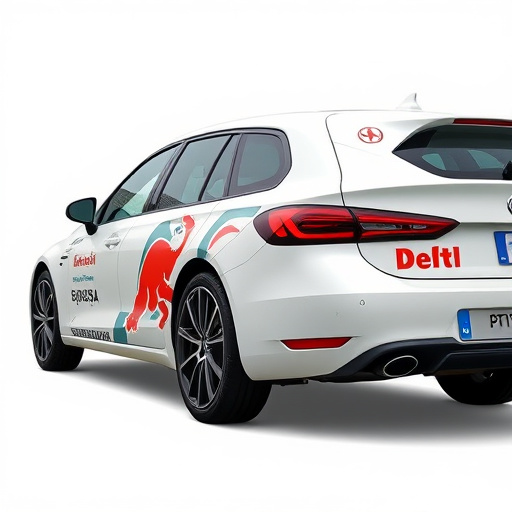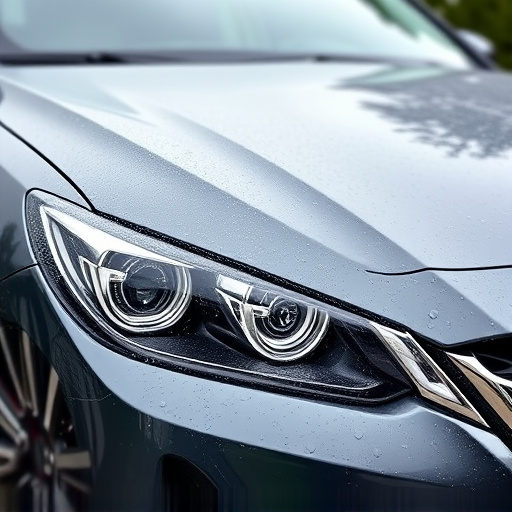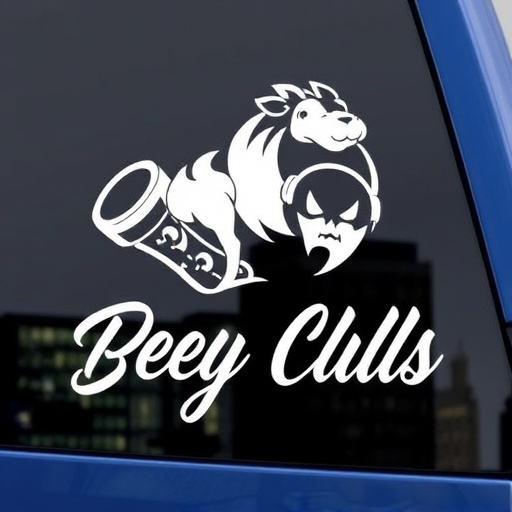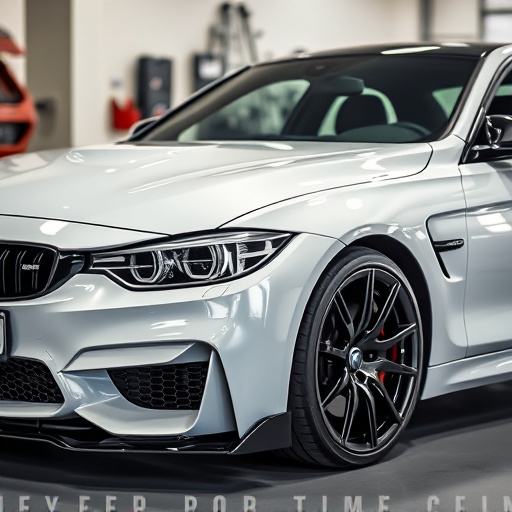Vehicle graphics have evolved into a powerful marketing tool for businesses, transforming cars, trucks, and vans into moving advertisements. Car graphic design involves creating visually captivating designs that withstand outdoor conditions. By balancing aesthetics with durability, visibility, and reflectivity, designers ensure long-lasting impact. Advanced technologies like ceramic tinting enhance graphics' longevity and brand visibility. Current trends favor minimalism with striking color accents, while digital integration allows for adaptable vehicle branding experiences.
In the realm of visual communication, vehicle graphics stand out as a powerful medium. Every designer should recognize the potential of car graphic design to transform everyday cars into mobile billboards. This article delves into the fundamentals, guiding principles, and cutting-edge trends shaping this dynamic field. From understanding the basics of vehicle graphics to mastering design elements that capture attention, we equip designers with insights essential for creating impactful and eye-catching car graphics.
- Understanding Vehicle Graphics: The Basics
- Design Elements for Effective Car Graphics
- Best Practices and Trends in Car Graphic Design
Understanding Vehicle Graphics: The Basics

Vehicle graphics, a creative and impactful form of auto decoration, have evolved into a powerful marketing tool for businesses. It involves designing and applying eye-catching visuals and messages directly onto vehicles, such as cars, trucks, and vans. This art form requires a deep understanding of not only graphic design principles but also the unique challenges and considerations that come with working on moving surfaces.
At its core, car graphic design is about transforming mobile advertising spaces. Designers must consider factors like durability, visibility, and reflectivity when creating vehicle graphics. Applying designs accurately while ensuring they remain intact during driving is crucial. Furthermore, incorporating features like ceramic window tinting and scratch protection can enhance both the aesthetics and longevity of these graphics, making them a smart choice for businesses looking to make a lasting impression on the road.
Design Elements for Effective Car Graphics

Creating visually stunning car graphics requires a thoughtful balance of design elements that not only catch the eye but also convey the brand’s message effectively. The key lies in understanding the vehicle’s surface as a unique canvas, where each curve and contour presents an opportunity for creative expression. Incorporate high-contrast colors and bold shapes to make your design stand out from the road, ensuring it remains visible even at high speeds. Play with contrasting textures and finishes to add depth and dimension, enhancing the overall visual impact.
Additionally, consider the practical aspects of car graphic design, such as incorporating protective coatings and UV protection to safeguard the vehicle’s surface beneath. These layers not only preserve the vibrancy of colors but also offer valuable vehicle protection against environmental factors. By seamlessly integrating these technical considerations into your design, you can create a visually appealing and durable solution that elevates the brand experience on every drive.
Best Practices and Trends in Car Graphic Design
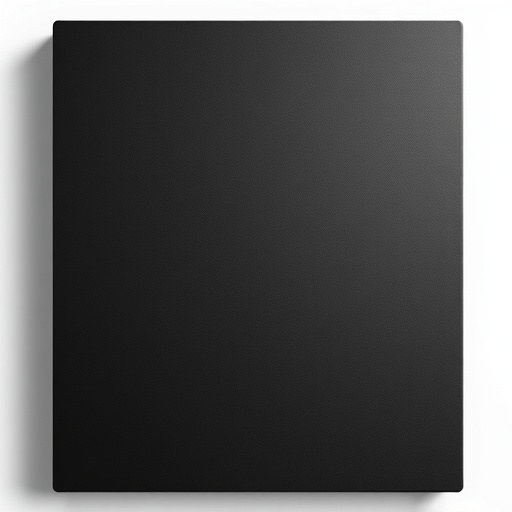
In the dynamic realm of car graphic design, best practices evolve alongside emerging trends that shape the visual identity of vehicles. Designers should embrace a balance between creative expression and functional requirements. High-resolution print quality is non-negotiable for outdoor applications, ensuring messages remain legible even from a distance. Incorporating reflective or ceramic window tinting enhances visual appeal while offering added privacy and protection against UV rays.
Trends in car graphic design often reflect broader cultural shifts. Minimalist designs with clean lines and bold color accents have gained popularity, aligning with the current preference for simplicity in automotive customization. Additionally, the integration of digital technology allows for dynamic graphics that change based on environmental factors or driver preferences. Premium automotive services increasingly leverage these innovations to elevate the overall customer experience, making car graphic design not just an aesthetic choice but a strategic element in modern vehicle branding and personalization.
Vehicle graphics are a powerful tool for designers to create visually stunning and impactful advertising. By understanding the fundamentals, incorporating effective design elements, and staying updated with industry trends, designers can craft captivating car graphic designs that leave a lasting impression on the road. These insights empower professionals to excel in the field of car graphic design, ensuring their work stands out and engages audiences effectively.





